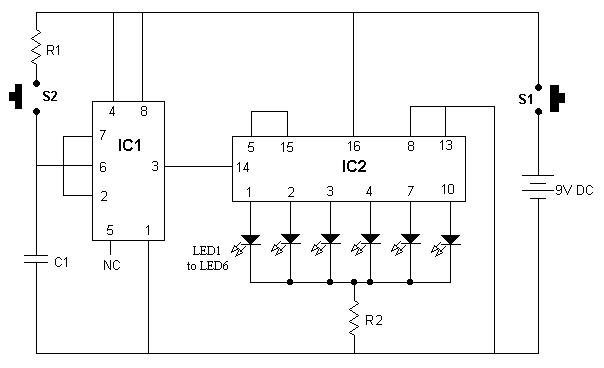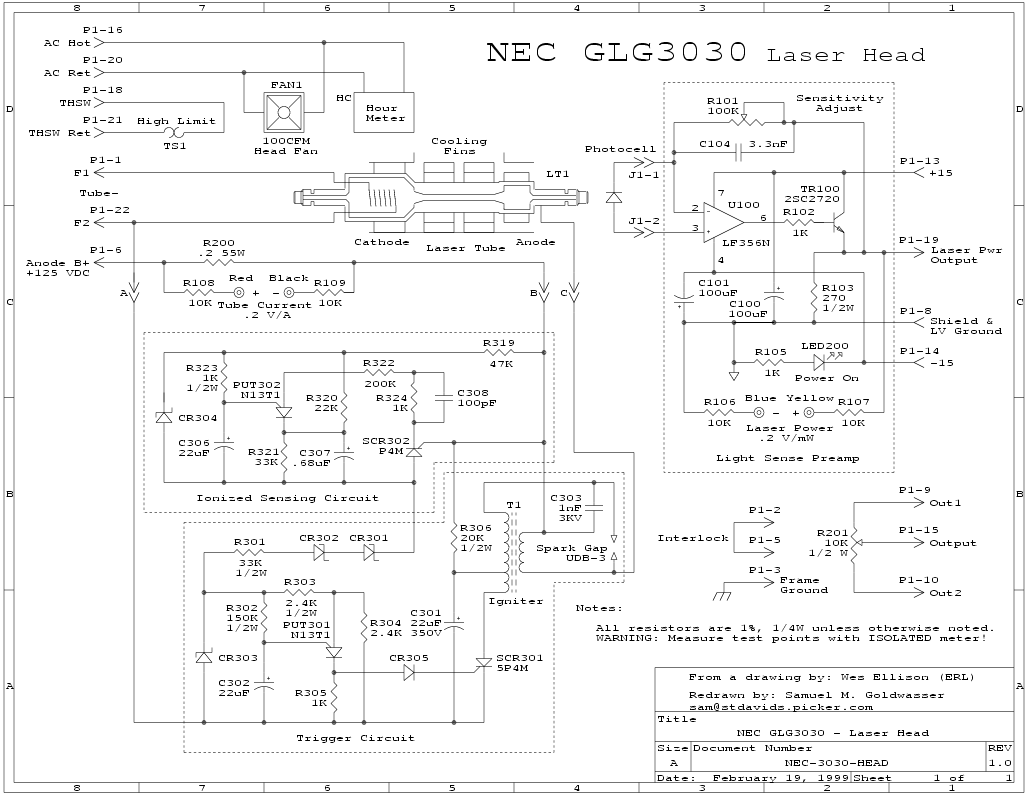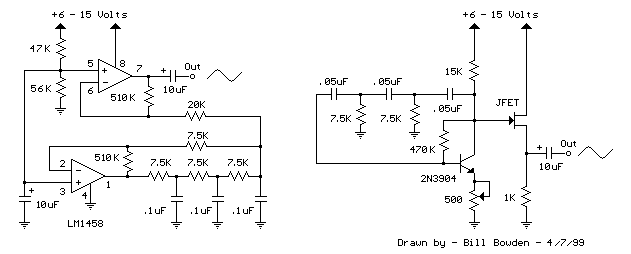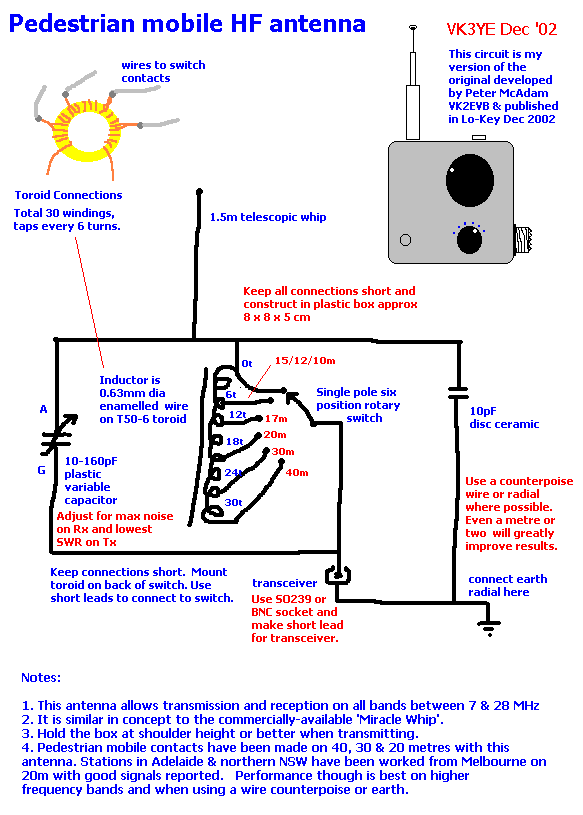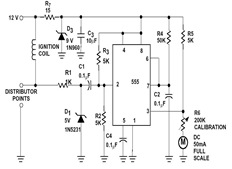
Schematics

A graphical representation of a system. It often refers to electronic circuits on a printed circuit board or in an integrated circuit (chip). See logic gate and HDL.
A graphical representation of a system serves as a crucial tool in the field of electronics, particularly when illustrating the functionality and interconnections of various components within electronic circuits. This representation is commonly found in printed circuit boards (PCBs) and integrated circuits (ICs), where it provides a visual guide for understanding the arrangement and operation of electronic elements.
In the context of PCBs, the graphical representation includes symbols for resistors, capacitors, transistors, and other components, interconnected by lines that denote electrical connections. This schematic diagram enables engineers to visualize how signals flow through the circuit, facilitating troubleshooting, design modifications, and communication among team members during the development process.
For integrated circuits, the graphical representation may take the form of a layout diagram that details the physical placement of components on the silicon chip. This layout is critical for ensuring optimal performance, as it affects factors like signal integrity, power distribution, and thermal management. The representation may also include logic gates, which are fundamental building blocks in digital circuits, and Hardware Description Languages (HDL) that define the behavior and structure of electronic systems at a higher level.
Overall, the graphical representation of a system is an essential aspect of electronic design, providing clarity and insight into the complex interactions of components that underpin modern electronic devices.A graphical representation of a system. It often refers to electronic circuits on a printed circuit board or in an integrated circuit (chip). See logic gate and HDL. 🔗 External reference
A graphical representation of a system serves as a crucial tool in the field of electronics, particularly when illustrating the functionality and interconnections of various components within electronic circuits. This representation is commonly found in printed circuit boards (PCBs) and integrated circuits (ICs), where it provides a visual guide for understanding the arrangement and operation of electronic elements.
In the context of PCBs, the graphical representation includes symbols for resistors, capacitors, transistors, and other components, interconnected by lines that denote electrical connections. This schematic diagram enables engineers to visualize how signals flow through the circuit, facilitating troubleshooting, design modifications, and communication among team members during the development process.
For integrated circuits, the graphical representation may take the form of a layout diagram that details the physical placement of components on the silicon chip. This layout is critical for ensuring optimal performance, as it affects factors like signal integrity, power distribution, and thermal management. The representation may also include logic gates, which are fundamental building blocks in digital circuits, and Hardware Description Languages (HDL) that define the behavior and structure of electronic systems at a higher level.
Overall, the graphical representation of a system is an essential aspect of electronic design, providing clarity and insight into the complex interactions of components that underpin modern electronic devices.A graphical representation of a system. It often refers to electronic circuits on a printed circuit board or in an integrated circuit (chip). See logic gate and HDL. 🔗 External reference
